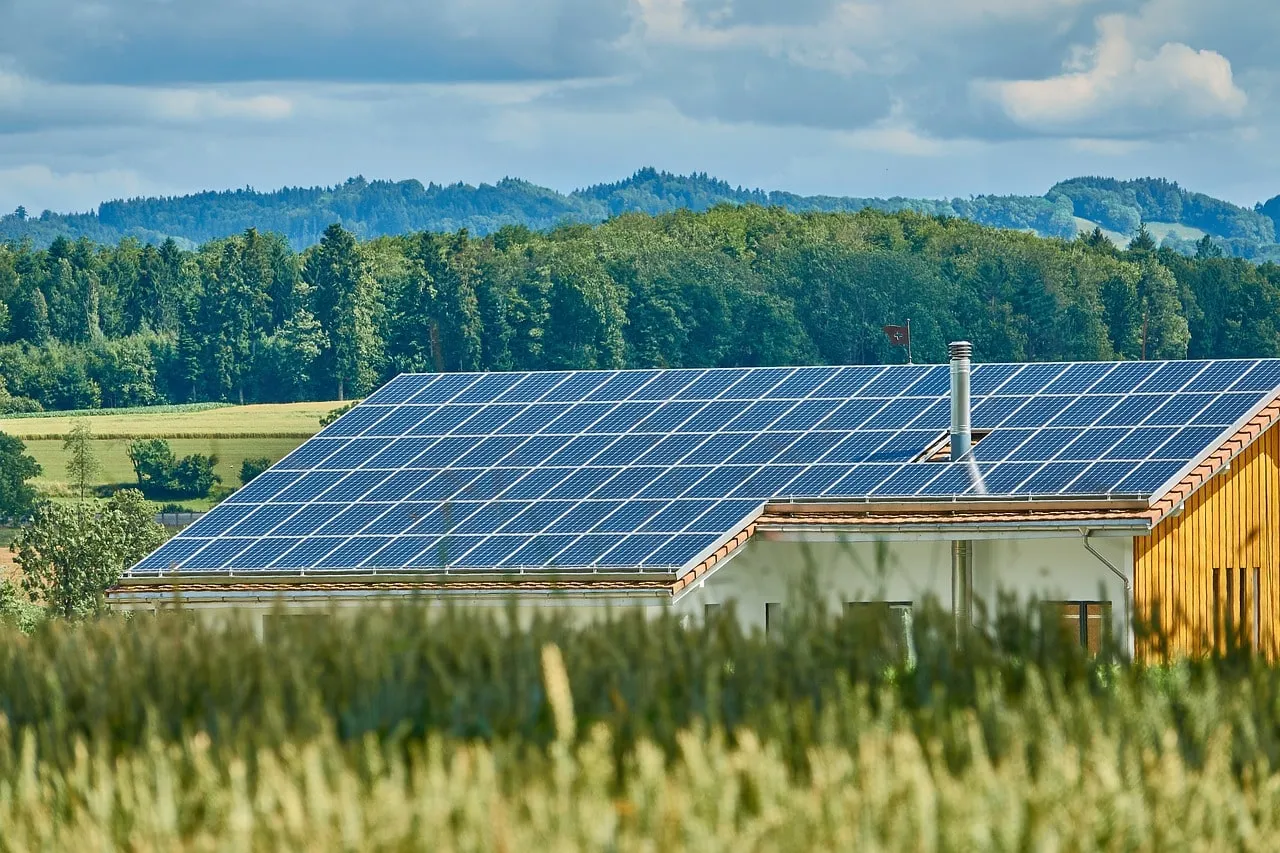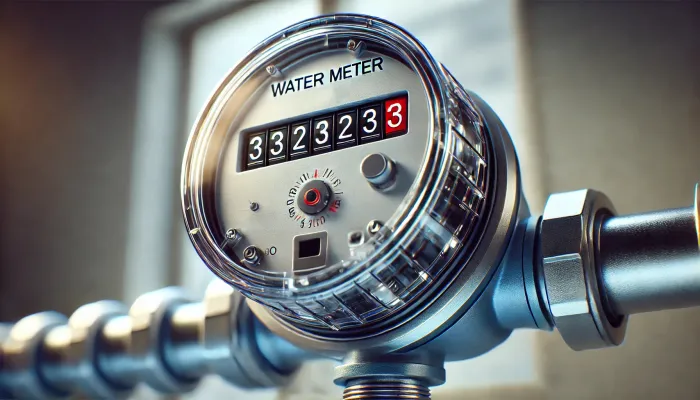Scientists worked on the problem of converting solar energy into electrical energy back in the 19th century. The first prototype of a solar battery was presented in 1839 by Antoine-Cesar Becquerel. The efficiency of this battery was extremely low and was only 1%, but a start was made. At the beginning of the 20th century, Albert Einstein explained the photoelectric effect, this was the impetus for the development of technology, but the first working version of the solar battery was introduced only in 1954, it was created on the basis of silicon, initially its efficiency was 4%, but gradually it was increased to 15%. The technology developed rapidly, and in the 20th century it was used point—by-point to power telephone communication systems in remote areas.

After the beginning of space exploration, solar panels began to improve rapidly. The technology has become widely available. Now you will not surprise anyone with solar panels on the roof of a private house or huge solar power plants. According to statistics, new solar power plants with a capacity of about 50 megawatts are installed annually.
The principle of operation of the solar panel
The principle of operation of solar panels is based on the photoelectric effect provided by solar cells. To briefly describe the principle of operation of the solar panel, it collects the sun's rays that fall on the photoelectric layer. This leads to the release of electrons from the two layers of the panel. The electrons of the second layer stand in an empty place in the first layer. As a result, a constant movement of electrons and the formation of voltage is created. One of the photoelectric layers acquires a positive charge, the second — a negative one, i.e. the generation of electricity begins, which is gaining the battery available in the system. It accumulates electricity and stores it, as well as feeds the power grid connected to it. If the battery charge decreases, the automation switches the solar panels into energy storage mode.
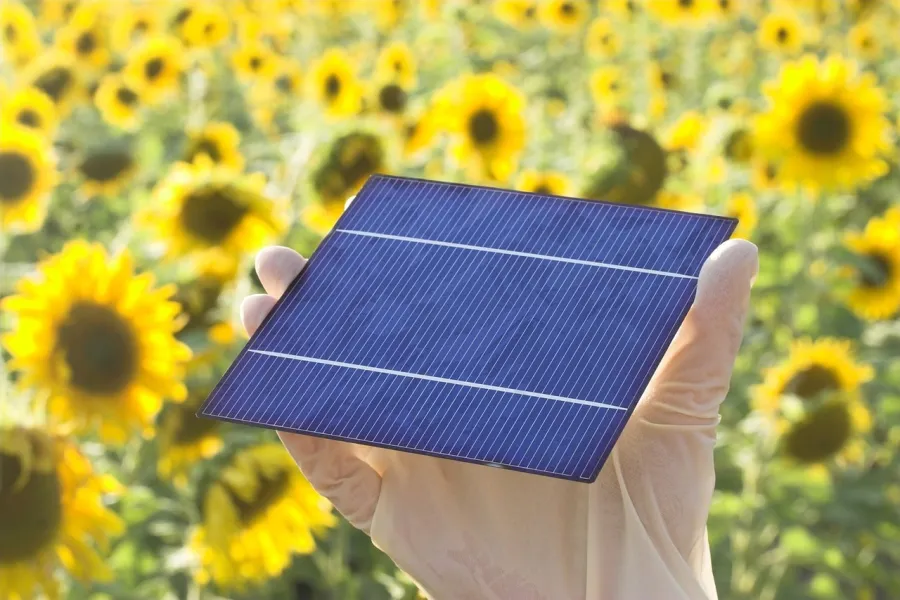
The principle of operation of solar panels is based on the ability of semiconductors made of silicon crystals to absorb sunlight. To ensure sufficient voltage and power, silicon elements are assembled into large panels, where they are connected in series or in parallel. The size of a solar panel can be completely different — from a few centimeters to several square meters.
But the amount of electricity received from the battery also depends on the intensity of sunlight and the angle of incidence of sunlight. This suggests that their effectiveness will differ significantly in different areas, depending on the graphical latitude, the number of sunny days per year, and clouds. It does not make sense to install solar panels in all regions, they will not justify themselves in the north, as well as where the sun is often hidden by clouds.
Solar panel: what does it consist of?
Solar power plants are a promising technology, for example in the USA, it is one of the fastest growing types of alternative energy. It is especially beneficial to develop solar power plants in regions with a lot of sun. The technology itself is constantly being improved and made cheaper. Solar panels are already quite accessible to the average person. Therefore, it is worth understanding how it's made and how it works.

What is the solar panel made of? From a large number of photoelectric cells made of semiconductor materials. The upper protective layer of the panel is a plate of glass, the middle is solar cells located between two layers of sealant, the lower layer is glass or film, which are necessary to protect photoelectric cells from atmospheric fluctuations. For ease of installation and increased durability, the solar panel is enclosed in an aluminum frame around the perimeter. Its design makes it easy to mount multiple batteries into a single canvas. We have figured out what a solar panel is — it is a simple and efficient design, convenient to use and durable.
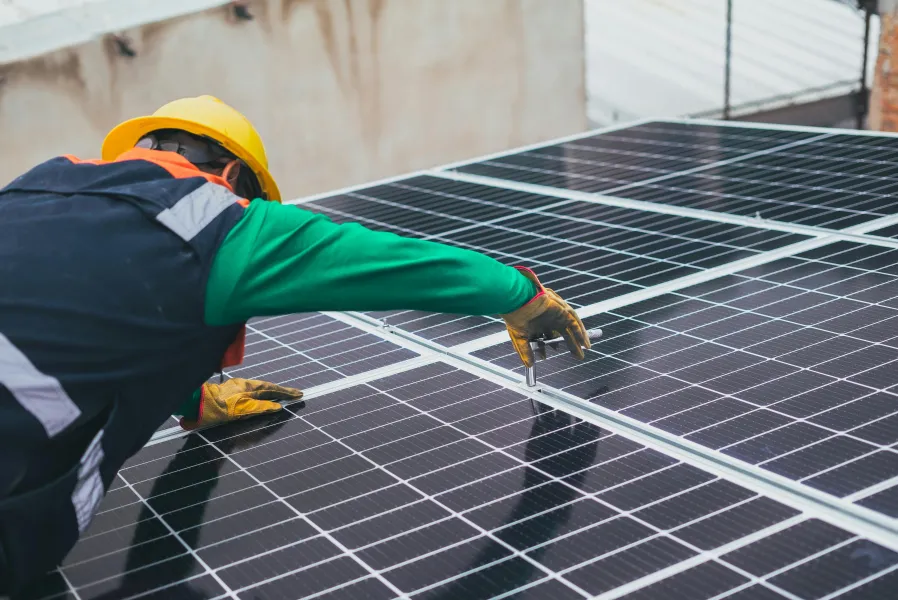
What are solar panels made of? First of all, we note that what a solar battery is made of depends on the generation to which it belongs. The first generation batteries are made of silicon. Several types of semiconductors are used for the production of second-generation batteries:
- Amorphous silicon;
- Copper/Indium/Gallium selenide;
- Cadmium telluride.
Other less common variants can also be used, but their share in the total production volume is insignificant. The second generation batteries are thinner and more efficient, they can be frameless and flexible.
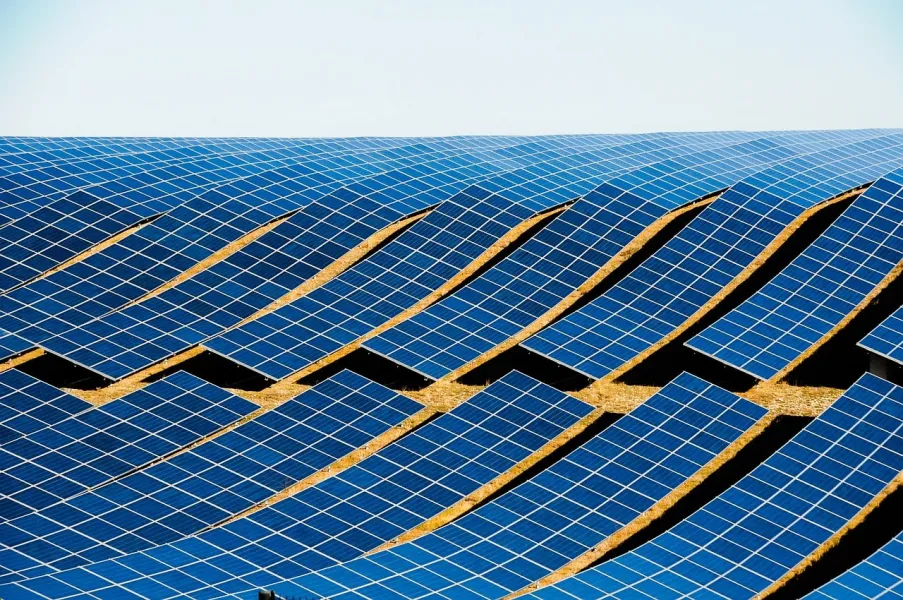
What is the third generation solar battery made of? It has a slightly different design, it practically does not use semiconductors, the photoelectric layer in them consists of polymers and organic elements. Such solar panels do not need a protective layer of glass and an aluminum frame. Due to this, they have a low cost and are quickly manufactured.
But third-generation solar panels are not yet widespread, while devices of the previous generation are actively used.
What are solar panels made of today? 99% of solar panels are made on the basis of semiconductor materials, the most common are:
- Amorphous silicon;
- Polycrystalline silicon;
- Monocrystalline silicon.
Advantages and disadvantages of solar panels
Like any technically sophisticated device, a solar battery has both advantages and disadvantages.
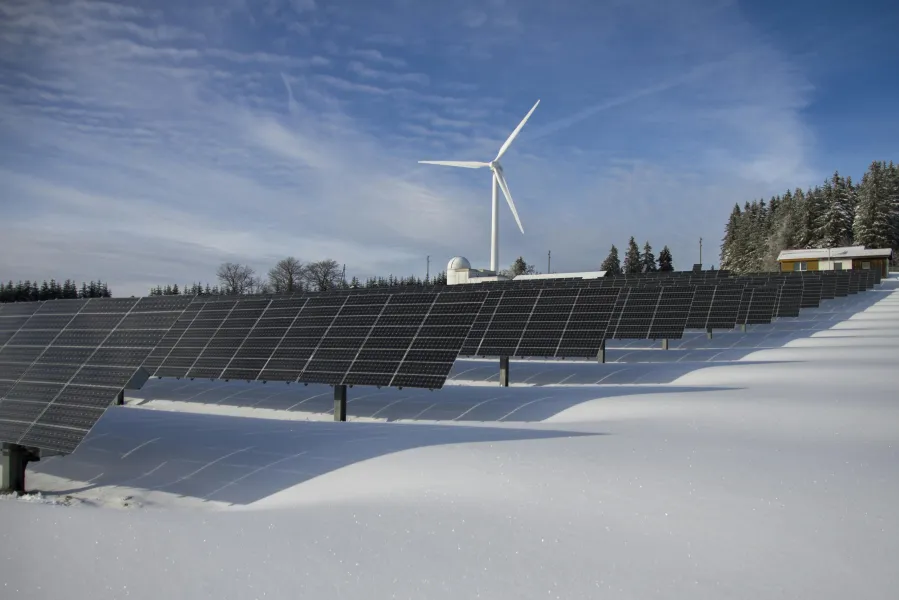
Advantages:
- Environmental safety, solar panels are silent and do not emit harmful substances into the atmosphere.
- Can be used as a household home power plant to provide the house with free electricity.
- Solar panels can have different sizes and shapes, which allows them to be installed on the roof or on the ground.
- Technological progress does not stand still, the principle of operation of solar panels and the materials used for their production may change.
- A large working resource. The wear period of the solar battery is 25 years or even more.
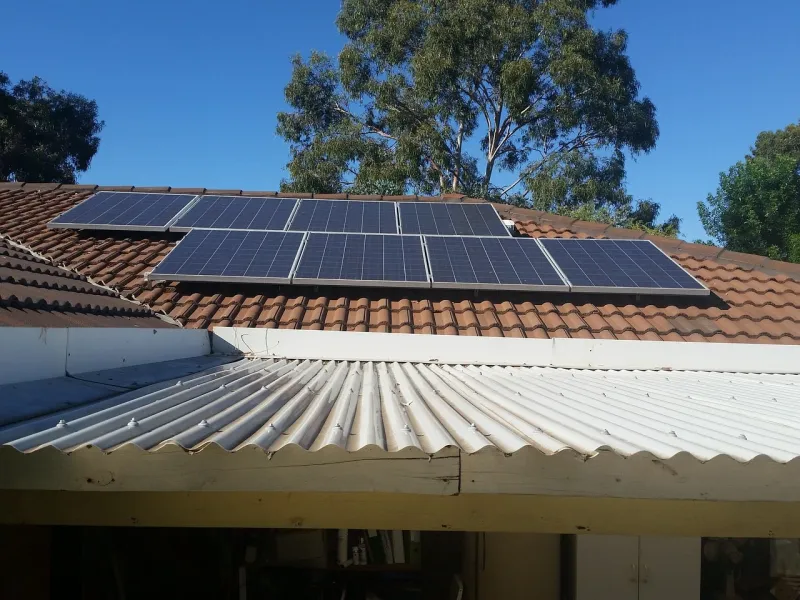
Disadvantages:
- Modern solar panels have low light absorption. The solar cells used in them are able to process only a fifth of the incoming sunlight.
- The efficiency of solar panels is 15-20%. Compared to traditional sources of electricity generation, this is very small.
- The operation of solar panels depends on the weather. If there are clouds or fog in the sky, the power generation is completely stopped.
- High cost of solar panels.
- The inability to use high-power equipment for power supply.
- A large area is needed to install solar panels.
Solar panel power: how to calculate?
If you look at what the solar panel consists of, it becomes clear that it has a simple design, which allows you to install such equipment yourself. Solar panels are actively used as an alternative source of electricity, it is convenient, reliable, and efficient. At first, they were used in space exploration and other high-tech fields. Houses with solar panels were exotic until recently, but recently the situation has changed dramatically — houses with solar panels on the roof no longer surprise anyone. Interest in such an alternative source of electricity is constantly growing. At the same time, questions arise and the most common of them are what solar panels are made of and how to calculate the required power.
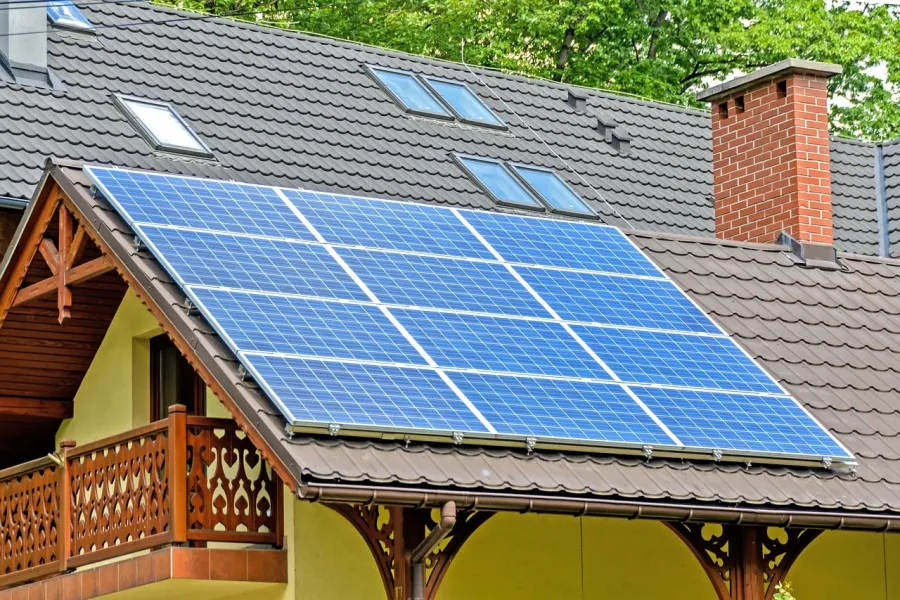
To calculate the required power, it is worth finding out some points:
- Solar panels will work constantly or only during the season;
- Which household appliances will be powered by solar electricity;
- What additional equipment is needed? If you know what solar panels are made of, it becomes clear that additional equipment is required for efficient operation: batteries, an inverter, a controller, etc.
The power of the solar panel is not difficult to find out, it is indicated by the manufacturer. It is also not difficult to determine the required power — you can use the meter readings for a month, divide it by the number of days, and get the daily power consumption.
If this method is not suitable for some reason, you can find out the required power in another way - by making a list of household appliances and electronics indicating its power, as well as lighting devices.
But it should be borne in mind that the solar panel does not always provide a nominal amount of electricity. Part of the day may be cloudy, and this directly affects electricity generation.
In this case, three points must be taken into account:
- Maximum panel power;
- Possible losses during battery operation;
- The amount of sun in your area.
The power is calculated in the following way: the maximum power is multiplied by the level of insolation (the amount of sun) and the summer coefficient 0.5.
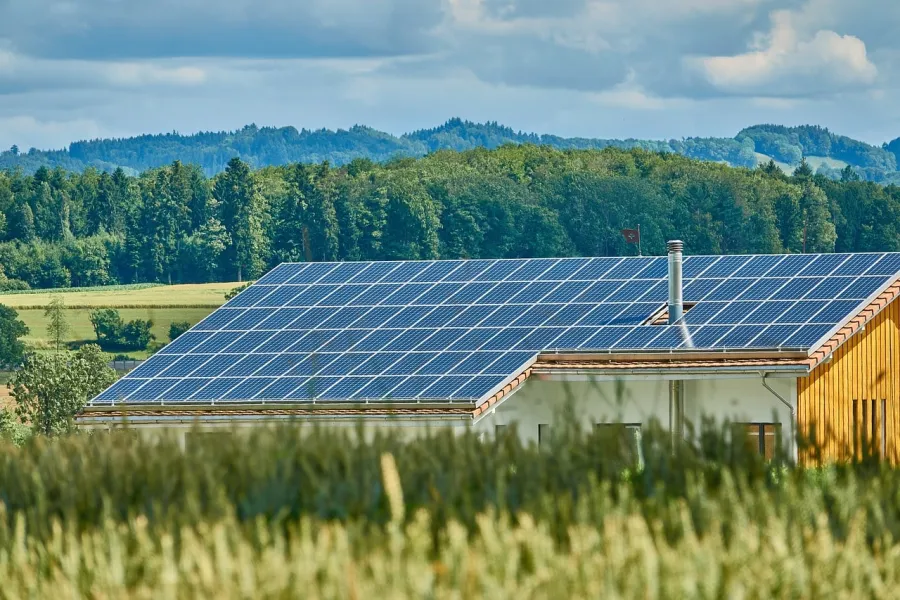
For the winter months, the power calculation will be different, the panel power is multiplied by the average insolation in the darkest month and multiplied by a factor of 0.7.
The difference in power in winter and summer can be very significant. Based on these calculations, it is already possible to reasonably choose solar panels.
The expediency of using solar panels in everyday life
Given the considerable cost of solar panels, their installation at home should have a good reason. Most often, this decision is made for several reasons:
- There is no electricity in the house and its connection in the traditional way is impossible for some reason;
- Frequent power outages;
- High cost of electricity.
With the help of solar panels, it is quite possible to provide electricity to the house. In addition to solar panels, in this case, batteries are installed that accumulate electricity, a controller and an inverter. In this case, it makes no sense to talk about payback and expediency, solar panels are the main supplier of electricity, and in climatic conditions their use is very promising, because Uzbekistan, with its solar abundance, is increasingly paying attention to the use of solar panels as a source of clean energy. This is not an accident, but a reflection of the country's desire for sustainable development and diversification of energy sources.
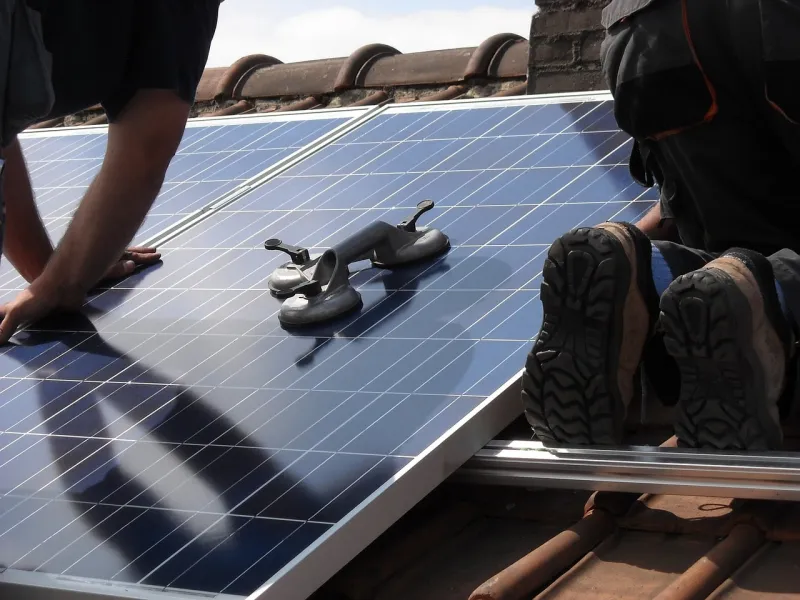
In case of frequent power outages, solar panels serve as an emergency power supply source. In this case, they can be used to supply electricity to only a critical part of the home's power grid.
The installation of solar panels ensures the energy independence of the house. Sometimes this becomes the key moment for making a decision.
Also, owners of private solar-powered power plants can earn money from them by selling surplus electricity to the state. To do this, you need to issue a license and a package of permits, but this is real.
Which brands should you pay attention to when buying?
The production of solar panels has its own specifics related to silicon, which is necessary for their manufacture. The largest deposits of silicon are located in China, and therefore, it is in China that the most manufacturers of solar panels are concentrated. Manufacturers in other countries still use silicon elements ordered in China.
Chinese-made solar modules significantly benefit in price and occupy a significant part of the market.
The main manufacturers of solar panels in the world:
- Canadian Solar is a Canadian manufacturer of solar panels, the company's factories are located in China. It produces polycrystalline and monocrystalline models.
- First Solar is a US company offering low—cost modules based on cadmium telluride. Replacing silicon with a cheaper element made it possible to reduce the price without compromising efficiency.
- Hanwha SolarOne is a manufacturer from South Korea, the production is located in Singapore, and the research center is in Germany.
- Jinko Solar is a Chinese manufacturer offering modules with an efficiency of 21%.
- Yingli Green Energy is a Chinese manufacturer of monocrystalline solar modules with low cost.
- Motech is a company from Taiwan that has a full production cycle, starting with the cultivation of silicon crystals.
- Suntech is the largest manufacturer of solar panels in China and in the world. One of the main directions is the production of modules for operation in difficult climatic conditions.
- Sunpower is an American manufacturer of high—efficiency solar panels with an efficiency of up to 25%.
- Solarworld is a German company, production is located in Europe, offers solar panels with an efficiency of up to 21.4%.
Conclusions
Solar panels use solar radiation to generate electrical energy. They are an environmentally friendly source of energy, reduce dependence on traditional fuel sources and help reduce greenhouse gas emissions.
